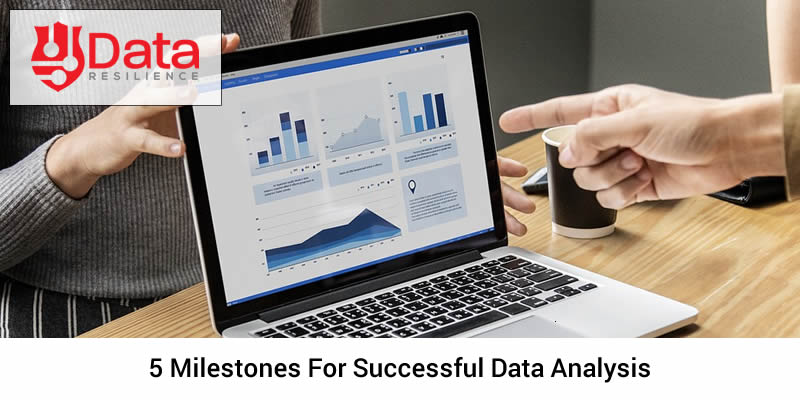Data Analysis is a procedure of assessing, purifying, changing and displaying information to find helpful data, support decision-making and increasing customer insights. Data Analysis has numerous aspects and methodologies, incorporating assorted strategies under numerous names, and is utilised across the business, science, and sociology areas. In the present business world, data analysis works to support business decisions which are progressively logical and therefore help organisations to be more efficient. The term data analysis is sometimes used as a synonym for data modelling.
Data Mining
Data mining is a specific information examination method that puts the spotlight on demonstrating and learning revelation for predictive, instead of descriptive, purposes, while business insight covers data investigation that depends vigorously on the summarisation of business information.
Prescriptive Analytics
The most underused big data analytic technique is prescriptive analytics. It is an area of Business Analytics (BA) that helps with laser-like focus to answer a specific question and helps to determine the best option from given choices of known parameters. It also suggests a procedure for avoiding risks and be opportunistic to take advantage of opportunities arising.
Diagnostic Analysis
Data Scientists use this strategy when attempting to decide why something occurred. It is valuable when investigating driving agitated markers and using patterns among your most steadfast clients. Instances of diagnostic analysis include churn indicator examination, usage trends and client wellbeing.
Descriptive Analysis
Descriptive Analysis is the first step for conducting statistical analyses. This strategy is the most time-critical and often creates the least worth; nonetheless, it helps reveal examples inside a specific dataset. The unmistakable examination gives understanding into what has happened truly and furnishes patterns to delve into in more detail.
Predictive Analytics
Is the most common type of analytics used for predicting what might happen in specific scenarios. It uses many techniques from data mining, statistics, modelling, machine learning, and artificial intelligence to analyse current data to make predictions.
Presently one of the trends in the industry is undoubtedly big data. The milestone in connection with Big Data undoubtedly is Hadoop, the free and open-source software program, which has grown so big that now controls most of the large search engines, determining the advertisements, stories, and contents that they show on most major search engines.
For more information, visit www.dataresilience.com.au or drop us a note at [email protected].

